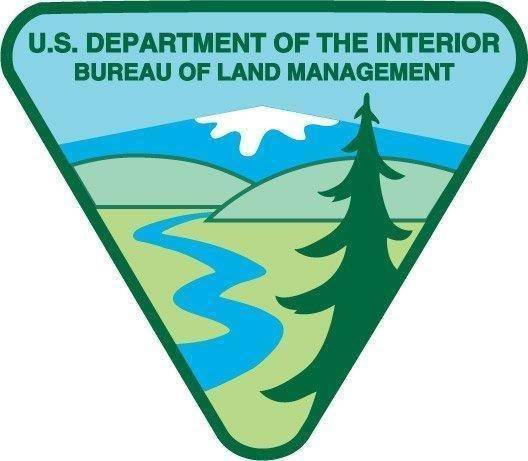BLM Press Release
Will host series of public meetings throughout West to gather input on alternatives
WASHINGTON, DC – As part of its continuing efforts to conserve habitat vital to healthy populations of the Greater Sage-Grouse in the West, the Bureau of Land Management (BLM) today announced the draft proposal to withdraw a subset of lands that are sage-grouse strongholds from future mining claims.
Based on public comments received during the scoping period over the last year, the draft Environmental Impact Statement (EIS) analyzes five alternatives, ranging from no action to the withdrawal of approximately 10 million acres of federal locatable minerals in certain areas that are particularly crucial to the Greater Sage-Grouse in six states: Idaho, Montana, Nevada, Oregon, Utah, and Wyoming.
The announcement, which will be published in the Federal Register tomorrow, opens a 90-day public comment period that will end March 30, 2017. The BLM will also host eight public meetings throughout the West in February to gather input on the proposal and alternatives to the proposal.
“We appreciate the input we’ve received from states, tribes, and other important stakeholders to help develop this draft analysis of the proposed mineral withdrawal,” said Kristin Bail, BLM assistant director for resources and planning. “We look forward to working closely with the public in the coming months as we finalize a proposal to protect important Greater Sage-Grouse habitat from potential future disturbance resulting from mining claims.”
Secretary of the Interior Sally Jewell first announced the proposed withdrawal in September, 2015, as part of the unprecedented, landscape-scale effort that began with BLM’s and its state and federal partners’ successful efforts to prevent the Greater Sage-Grouse from being listed under the Endangered Species Act.
To develop the proposal and its alternatives, the BLM held public meetings in November 2015 in the six states to gather information and comments about whether to withdraw these areas from the location of new mining claims for up to 20 years. The BLM also incorporated a mineral resource assessment prepared by the U.S. Geological Survey to help develop a reasonably foreseeable development scenario for the draft EIS.
In addition to releasing the draft EIS today, the agency published a Notice of Amended Proposed Withdrawal that would add about 388,000 acres to the approximately 10 million acres that are already temporarily segregated under the mining laws until Sept. 24, 2017. These lands represent a proposal by the State of Nevada that areas adjacent to SFAs that contain high value habitat and identified Greater Sage-Grouse populations should be withdrawn, instead of high mineral development potential areas in the SFAs. The draft EIS includes an alternative that evaluates the environmental consequences of this substitution.
Neither the segregation, nor any subsequent withdrawal, would prohibit ongoing or future mining exploration or extraction operations on valid pre-existing claims.
At one time, the Greater Sage-Grouse population likely numbered in the millions, but is estimated to have dwindled to 200,000 to 500,000 individuals range-wide. Sagebrush, the Greater Sage-Grouse’s primary habitat, also supports more than 350 other animal and plant species in the Western United States.
A fact sheet, draft EIS and Notice of Amended Proposed Withdrawal, dates and times for public meetings and a map of the proposed withdrawals are available here. You can comment by mailing written comments to Mark Mackiewicz, Bureau of Land Management (BLM) WO, C/O Price Field Office, 125 South 600 West, Price, Utah 84501 or by submitting electronically to sagebrush_withdrawals@blm.gov.

